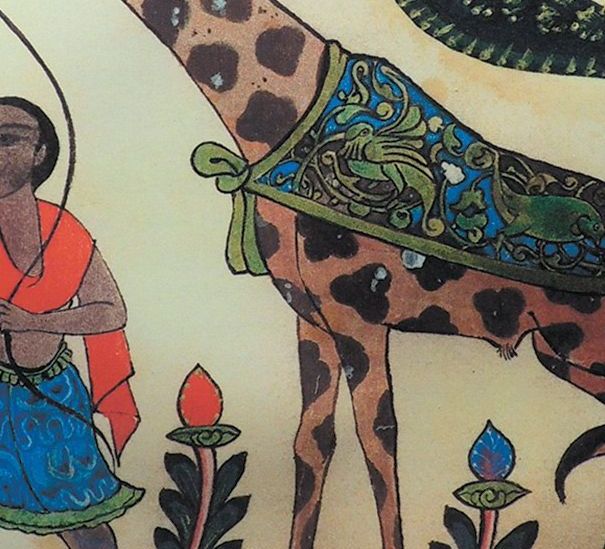ENSarNHBG
Prince Ferdinand’s First Success (1893)
By 1893, Prince Ferdinand had achieved his first major success as ruler of Bulgaria. The country was now seen as a stable nation internationally....
Prince Ferdinand’s Challenge
By 1887, Bulgaria had made progress, but much work remained for Prince Ferdinand. Over his 21-year reign, he showed great leadership and became a...
Prince Alexander’s Forced Abdication
Due to Russian interference, Prince Alexander—who was loved by his people—was forced to give up his throne. However, this crisis did not weaken Bulgaria.
Stefan...
Eternal Separation from God
People who say, “I don’t want anything to do with God,” will one day get exactly what they’ve chosen. In the end, they will...
Polycarp A Brave Leader of the Church in Smyrna
One of the first Christian leaders in Smyrna was a man named Polycarp. He was the bishop (pastor) of the church there. In the...
God Removes Our False Supports
One reason for suffering is to remove the things we depend on that aren't really strong. Hard times help us stop leaning on weak...
Smyrna A City of Pressure and Persecution
Smyrna was one of the key cities where people worshiped the Roman emperor. In fact, as early as 26 A.D., a temple was built...
The Invisible Realm Revealed in Revelation
The book of Revelation helps us see the invisible spiritual world. It gives us a glimpse of what is happening in both the physical...
The Purpose of Revelation for the Seven Churches
We must always remember that the entire book of Revelation was written for the seven churches. Each church is expected to understand the whole...
The Temple of Asklepios and Healing
Another famous temple in Pergamum was dedicated to the god Asklepios, the god of healing. Below the temple was the greatest hospital of the...














